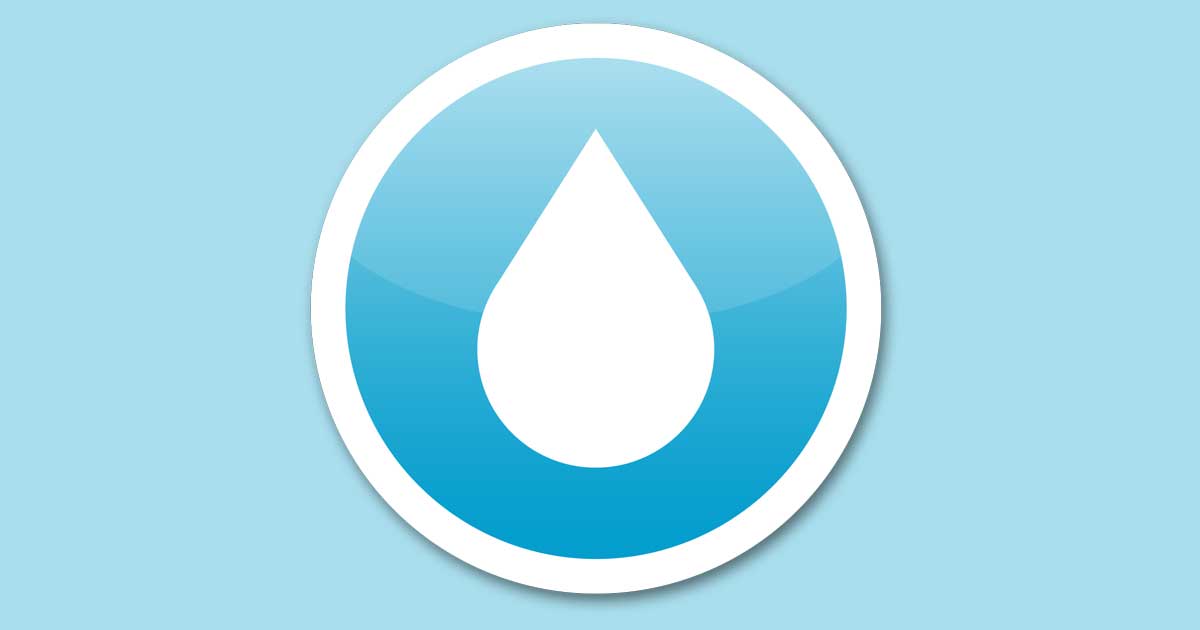Commentary: Where does water wind up? You might be surprised
February 07, 2024
By Mike Wade
Water, the essence of life, is an indispensable resource intricately woven into the fabric of our daily existence. From the food on our plates to the gadgets in our hands, water silently plays a pivotal role in the creation of almost everything we encounter.
In a world where water scarcity is a looming concern, it is essential to explore the profound impact of water in the production of goods and services that shape our lives as well as the food we feed our families.
Criticism often falls on agriculture for its water use. Consumers in California face limits of 55 gallons per person, per day in allowable indoor water use. It isn’t surprising that they might react negatively when confronted with the fact that more than 800 gallons of water is needed to grow the food one person consumes in one day.
However, food is something we literally cannot live without. In addition, it’s crucial to recognize that the end user of farm water is not farmers but consumers. Whether you’re shopping for the items in a chicken fajita recipe, a bunch of broccoli or a carton of ice cream, you’re carrying water home from the farm.
Take a moment to consider a cup of coffee, a staple in many people’s mornings.
The water footprint of a single cup of coffee is estimated to be around 37 gallons. Spaghetti sauce with ground beef, garlic, oregano, onion and basil adds up to about 365 gallons, according to the U.S. Department of Agriculture Food and Nutrition Service. A serving of rice and beans requires around 65 gallons of water to produce, and the fruit in a fruit medley needs 71 gallons of water.
From a statewide perspective, the total amount of water in the food consumed by California’s roughly 40 million people exceeds the entire amount of water devoted to the state’s irrigated agriculture industry.
A little over 25 million acre-feet of water is consumptively used to grow food on the state’s 7.8 million irrigated acres. The water required to feed the state’s population adds up to more than 30 million acre-feet. This means if there were no imports or exports, the amount of food grown in the state would be insufficient to meet the needs of all the people who live here.
If state and federal regulations continue on their current path, even less water will be available for farmers to use to grow food, increasing our reliance on imported products. That’s why efforts to capture more water during wet years and banking it for the dry years is so important.
What few people realize is that water is a required component in almost everything we need to get through the day. Our lives are filled with products that demand significant water inputs, and sometimes the water footprint is less apparent.
Here are a few examples:
• The manufacturing process of a mobile phone involves various water-intensive stages, from mining rare minerals to assembling electronic components, all of which total almost 3,200 gallons of water per phone.
• The production of electric vehicles and the ongoing need to charge them entails substantial water use, from mining lithium for batteries to manufacturing the vehicle components. Auto manufacturing requires 13,700 gallons of water to almost 22,000 gallons of water for each vehicle produced.
• The vast digital landscape we navigate daily is hosted in data centers that necessitate significant amounts of water for cooling systems and infrastructure maintenance. Every 200 gigabytes of internet access consume 40 gallons of water, or about one-fifth of a gallon per gigabyte.
• It takes twice as much water to produce a plastic water bottle as the volume of water inside the bottle, and every gallon of gasoline requires up to 2.5 gallons of water to refine it.
• Producing a pair of leather shoes requires more than 2,100 gallons of water.
The U.S. Environmental Protection Agency suggests that public awareness and understanding are vital to navigating the intricate web of water usage. Misunderstandings about the water footprint of everyday products can lead to misplaced concerns and hinder progress toward sustainable water management.
Water is the silent hero and unsung companion in our daily lives, touching every facet of our existence. California is already a global leader in agricultural water-use efficiency. To foster a more sustainable future, consumers, industries and policymakers must collaborate to enhance water efficiency and raise awareness about our unseen water use.
By educating the public on the diverse ways water influences our lives, we can help put into perspective the water farmers use to grow the food we all need every day.
(Mike Wade is executive director of the California Farm Water Coalition. He may be contacted at [email protected].)
